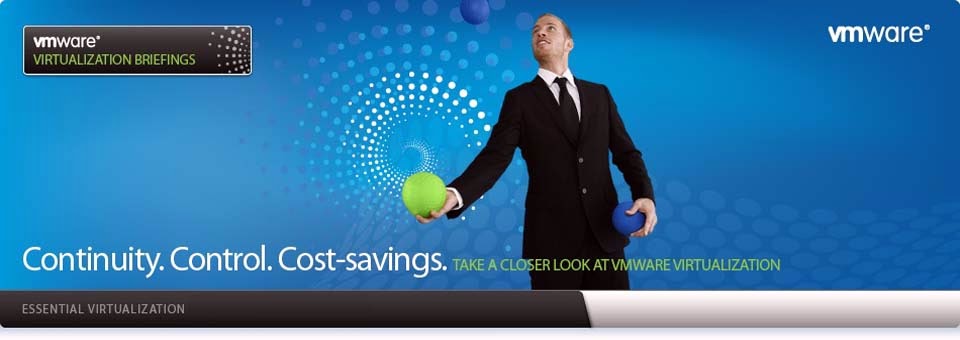Before go to this post you need to view How to configure
LDAP server and client configuration click here
Wednesday, March 13, 2013
Tuesday, March 12, 2013
Can't select a user and unable to assign privileges in MYSQL GUI Administrator
Problem
Running
MySQL Administrator (in the GUI bundle) on MySQL 5.x-community-nt, I cannot use
the User Administration: although I do see the list of currently defined users,
whichever I select, the page says "No user selected" and all fields
are grayed. I tried running the Administrator both as root and myroot (which
was Granted all privileges), but it’ as always the same: "No user
selected".
Resolution
Step-1
Connect Mysql
admin console via command prompt as shown in below screenshot
After
connect by entering root password the console is ready to pass query as shown
in screenshot.
Step-2
Enter the
below query as shown in the screenshot (this query create a new table called
user_info)
The above
Query in screenshot is given below for your reference.
CREATE
TABLE `mysql`.`user_info` ( `User`
varchar(16) COLLATE utf8_bin NOT NULL,
`Full_name` varchar(60) COLLATE utf8_bin DEFAULT NULL, `Description` varchar(255) COLLATE utf8_bin
DEFAULT NULL, `Email` varchar(80)
COLLATE utf8_bin DEFAULT NULL,
`Contact_information` text COLLATE utf8_bin, `Icon` blob,
PRIMARY KEY (`User`), KEY
`user_info_Full_name` (`Full_name`)) ENGINE=MyISAM DEFAULT CHARSET=utf8
COLLATE=utf8_bin COMMENT='Stores additional user information';
Note: you
need to drop the table if already “user_info” is exist by using a below query
DROP TABLE IF EXISTS `mysql`.`user_info`;
Step-3
Now
connect Mysql GUI admin console as localhost.
Now check
“User Administration” tab you will able to see the users in active editable
stage
And also
you can able to edit the Schema Privileges for particular DB to particular
user.
Posted by
Unknown
0
comments
Read More
Wednesday, February 13, 2013
Install and Setup Zimbra in CentOS
Zimbra is a suite of tools for
Unix/Linux/MacOS systems, which includes a secure mail server, web mail,
anti-spam/anti-virus controls, a Web management interface, integrated
calendaring, mobile device sync, and more. In many ways, Zimbra is the Unix
equivalent to Microsoft Exchange.
Posted by
Unknown
1 comments
Read More
Monday, January 7, 2013
Thursday, October 25, 2012
Install Windows 7 from USB drive using DISKPART
Posted by
Unknown
0
comments
Read More
Thursday, October 18, 2012
Linux Hotplug a CPU
How do
I hotplug a CPU on a running Linux system? I would like to dynamically enable
or disable a CPU on a running system?
Linux kernel does supports cpu-hotplug mechanism. You can enable or disable CPU without a system reboot.
Linux kernel does supports cpu-hotplug mechanism. You can enable or disable CPU without a system reboot.
Posted by
Unknown
0
comments
Read More
Content Filter by Using Squid, Squid guard / Dansguardian at Free-of-Cost
INTRODUCTION
The post fully
deals with several parts of internet based utilities and restrictions that are
mainly used in IT industry like to limit the web access for some users to a list
of accepted/well known web servers and/or URLs only, Block access to some
listed or blacklisted web servers and/or URLs for some users, Redirect blocked
URLs to an "intelligent" CGI based info page, Etc., These all are
implemented by
Posted by
Unknown
2
comments
Read More
Monday, October 15, 2012
Create test file using fsutil Windows
The “fsutil” in windows is much similar to the “dd”
tool in linux, as both of them can be used to create test files of any size.
How to:
Execute the fsutil command in the elevated command prompt.
(Command Prompt > Run as Administrator)
fsutil file createnew filename file-size-in-bytes
For example to create a file named testfile of 100 Megabytes
size
C:\Windows\system32>fsutil file createnew e:\testfile 104857600
File e:\testfile is created
Thats all you are done.
Posted by
Unknown
0
comments
Read More
Subscribe to:
Comments (Atom)
Powered by Blogger.






















